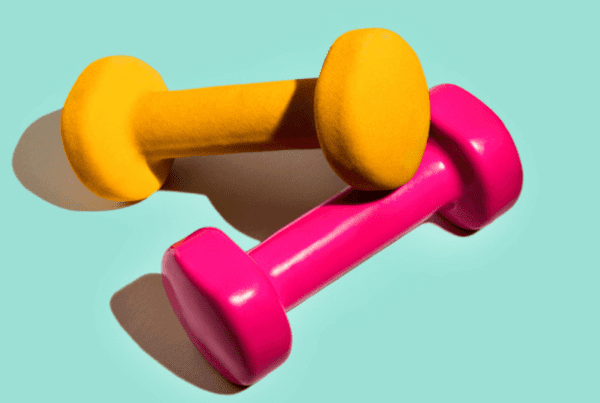On Oct. 27, 2020 — eight months after the SARS-CoV-2 pandemic began in Washington — the UW Medicine Clinical Virology Lab received its 1 millionth COVID-19 specimen. The milestone is significant, not just for the Seattle-area community, but also for the 150 faculty and 1,500 staff who work in the Department of Laboratory Medicine and Pathology.
“I’m very proud of the whole team for the astonishing amount of work that has been done since February,” says Geoffrey Baird, MD, PhD, the department’s interim chair.

Expanding their capacity
The Virology Lab, which normally processes around 125,000 samples every year, took on testing for COVID-19 samples in March. Since then, it has been responsible for processing a majority of COVID-19 tests throughout King County and Washington state.
To keep up with the sheer volume of tests, the lab expanded its space significantly. Prior to COVID-19, it had three testing stations. It now has more than 30, along with a new floor dedicated entirely to processing COVID-19 samples.
“We run about 8,000 samples a day through here now,” says Alex Greninger, MD, PhD, assistant director of the Virology Lab.
A COVID-19 specimen’s journey
Boxes of COVID-19 samples are delivered by medical couriers to the Virology Lab each day.
Technicians unpackage the specimens and sort them into different prioritization tiers, depending on where the sample is coming from and what kind of turnaround time it needs. From there, the samples are sent to be processed.
First, a lab technician verifies the specimen’s information, checks the testing order and confirms they have the correct patient sample.
Then samples are transferred from the tubes in which they’ve been stored to special tubes that are able to run on the laboratory’s instruments. Each tube transfer is done by hand.
“It’s a manual process that’s very important to be able to run all the samples,” Greninger explains.
The Virology Lab has a variety of instruments to test the samples, with each instrument able to process anywhere from 800 to 1,000 samples per day.
After specimens are run through the instruments, results are sent to the informatics team, who work on notifying patients of their test results.
“It’s a lot of work to get thousands of samples through each day,” Greninger says. “Each sample result is a culmination of teamwork from specimen collection to pre-analytical accessioning, analytical resulting, informatics for reporting, supply chain management and outreach.”


